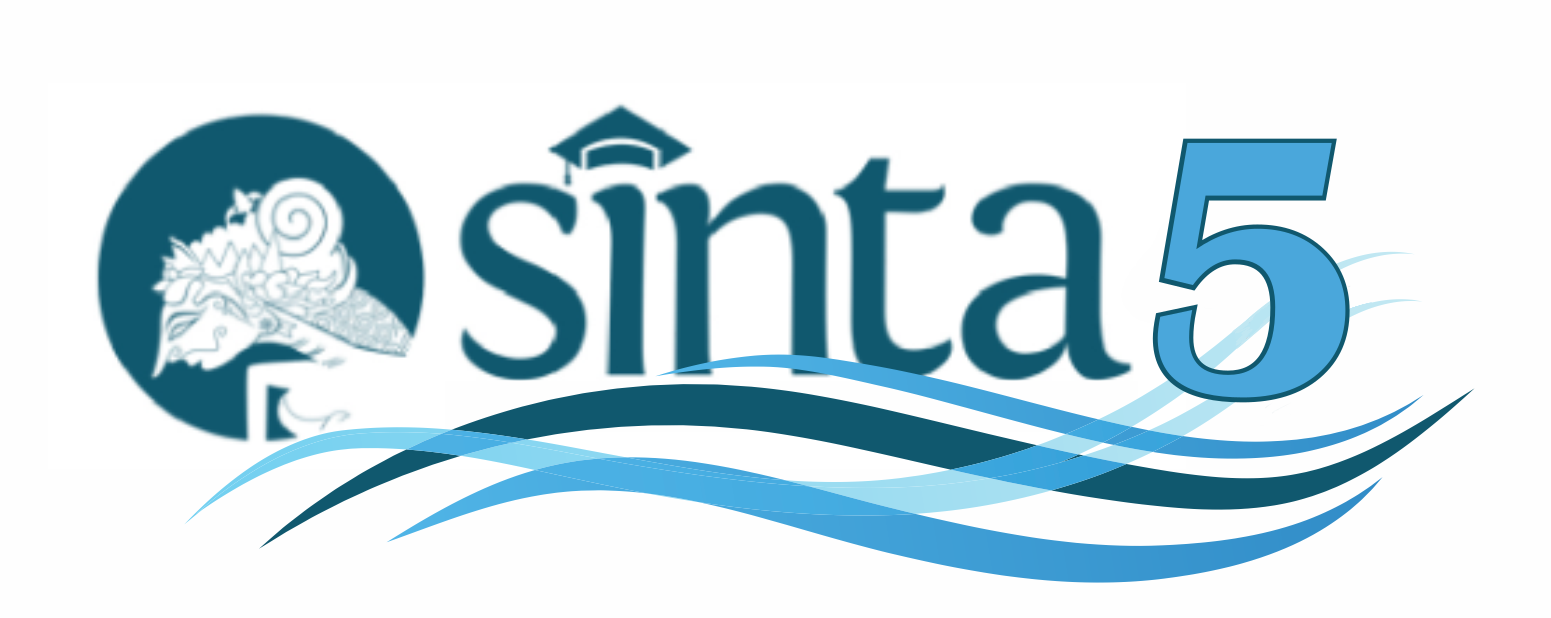Tingkat Kesuburan Perairan Berdasarkan Plakton dan Nutrien Serta Kualitas Air di Perairan Laut Merauke Provinsi Papua
DOI:
https://doi.org/10.31957/acr.v4i1.2823Abstrak
The abundance of plankton plays a very important role in determining the fertility of waters as a primary producer in waters. The abundance of plankton in water is generally related to the nutrient content in the water. This study aims to analyze the fertility level of Merauke sea waters based on the abundance of plankton and physical-chemical conditions in Merauke sea waters. Water samples were taken at 25 stations using water samples. showed that the abundance of plankton in Merauke seawater was high. The abundance of phytoplankton varied from 4,047,547 – 1,053.078 ind/m3/station. The dominating group is the Bacilliophyceae, the diversity index (H') is low <1, the uniformity is almost 0, the dominance index is low, while zooplankton is also classified as high with an abundance ranging from 5,500 – 460,281 ind/m3/ station Physical and chemical conditions of sea water such as temperature including homogeneous, namely between 25.950 – 27.580 C, low brightness 0 – 2 m, high turbidity 2.89 – 730 NTU, pH is homogeneous between 7.06 – 8.11, very high DO is between 8.00 – 9.55 mg/L . while the nutrient in the form of phosphate is quite highUnduhan
Referensi
Anonymous, 2017, Survey Oceanografi dan Fishing Fround di Kabupate Merauke, Direktorat Tata Tuang Laut dan Pesisir dan Pulau Pulau Kecil Kementerian Kelautan dan Perikanan, Bogor.
Anonymous. 2009. Kajian potensi sumber daya ikan dan lingkungannya di perairan kabupaten bengkalis. Dinas Kelautan dan Perikanan Kabupaten Bengkalis. Bengkalis.
Aryawati, R dan Thoha, H. 2011. Hubungan kandungan klorofil-a dan kelimpahan fitoplankton di perairan Berau kalimantan Timur. Maspari Journal 02:89-94
Eaton, A.D., APHA, AWWA, WEF. 2005. Standard Methods for the Examination of Water and Wastewater. Washington, D.C.: APHA-AWWA-WEF.
Kepmen LH, 2004,. Baku Mutu Air Laut untuk Biota Laut, Kepmen LH No. 51/2004. Jakarta
Komen, G.J., P.A.E.M. Janssen, V. Makin, K. Mastenbroek, and W. Oost. 1998. Review: on the sea state dependence of the charnock parameter. J. Glob Atmos Ocean System, 5:367-388.
Lumban-Gaol, J., R.R. Leben, S. Vignudelli, K. Mahapatra, Y. Okada, B. Nababan, M. Mei-Ling, K. Amri, R.E. Arhatin, and M. Syahdan. 2015. Variability of satellite-derived sea surface height anomaly, and its relationship with Bigeye tuna (Thunnus obesus) catch in the Eastern Indian Ocean. European J. of Remote Sensing. 48:465-477.
Nybakken, J. W. 1992. Biologi laut suatu pendekatan ekologis. Dalam : Eidman, M., D.G. Koesoebiono, dan M. Hutomo. Gramedia. Jakarta. 459hlm.
Odum, E.P. 1971. Fundamentals of Ecology. Saunders: Minnesota.
Rahardjo, M.F., Simanjuntak, C.P.H. 2002. Studi makanan ikan Tembang Sardinella fimbriata (Pisces: Clupeidae) di perairan mangrove Pantai Mayangan, Jawa Barat. Jurnal Iktiologi Indonesia Vol. 1 (2):29-33.
Rudiastuti, A.W. 2008. Studi Sebaran Klorofil-a dan Suhu Permukaan Laut (SPL) Serta Hubungannya Dengan Distribusi Kapal Penangkap Ikan Melalui Teknologi Vessel Monitoring System (VMS). Skripsi. Institut Pertanian Bogor.
Young, I.R. 1999. Wind generated ocean waves. In: Bhattacharyya, R. and M.E. McCormick. (eds.). Elsevier Ocean Engineering Book Series. Amerika. 2322-2333pp.
Unduhan
Diterbitkan
Terbitan
Bagian
Lisensi
Authors who publish with this journal agree to the following terms:
- Authors retain copyright and grant the journal right of first publication with the work simultaneously
licensed under a Creative Commons Attribution-NonCommercial-ShareAlike 4.0 International License
that allows others to share the work with an acknowledgement of the work's authorship and initial
publication in this journal. - Authors are able to enter into separate, additional contractual arrangements for the non-exclusive
distribution of the journal's published version of the work (e.g., post it to an institutional repository
or publish it in a book), with an acknowledgement of its initial publication in this journal. - Authors are permitted and encouraged to post their work online (e.g., in institutional repositories or
on their website) prior to and during the submission process, as it can lead to productive exchanges,
as well as earlier and greater citation of published work (See The Effect of Open Access).




















